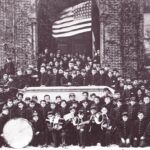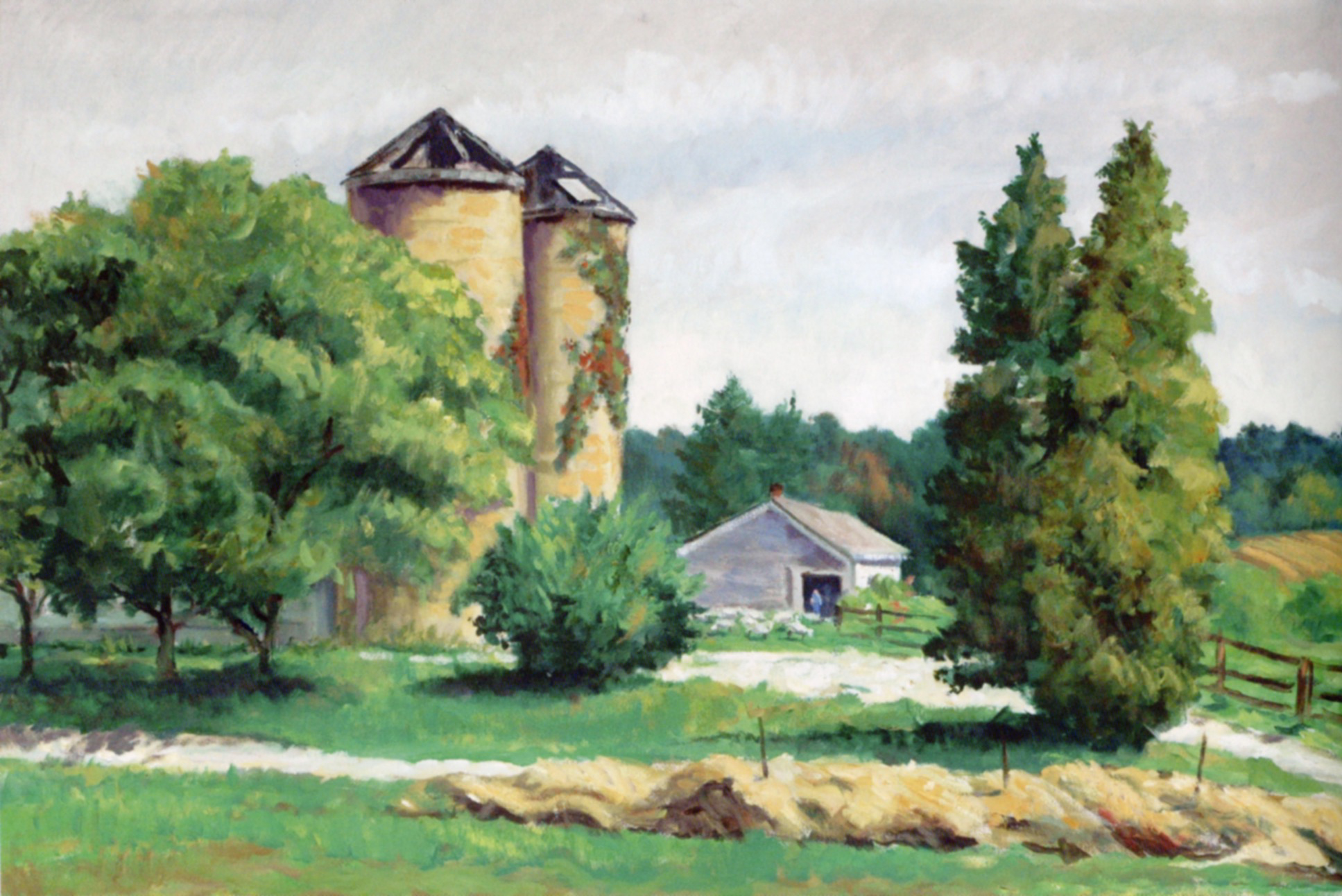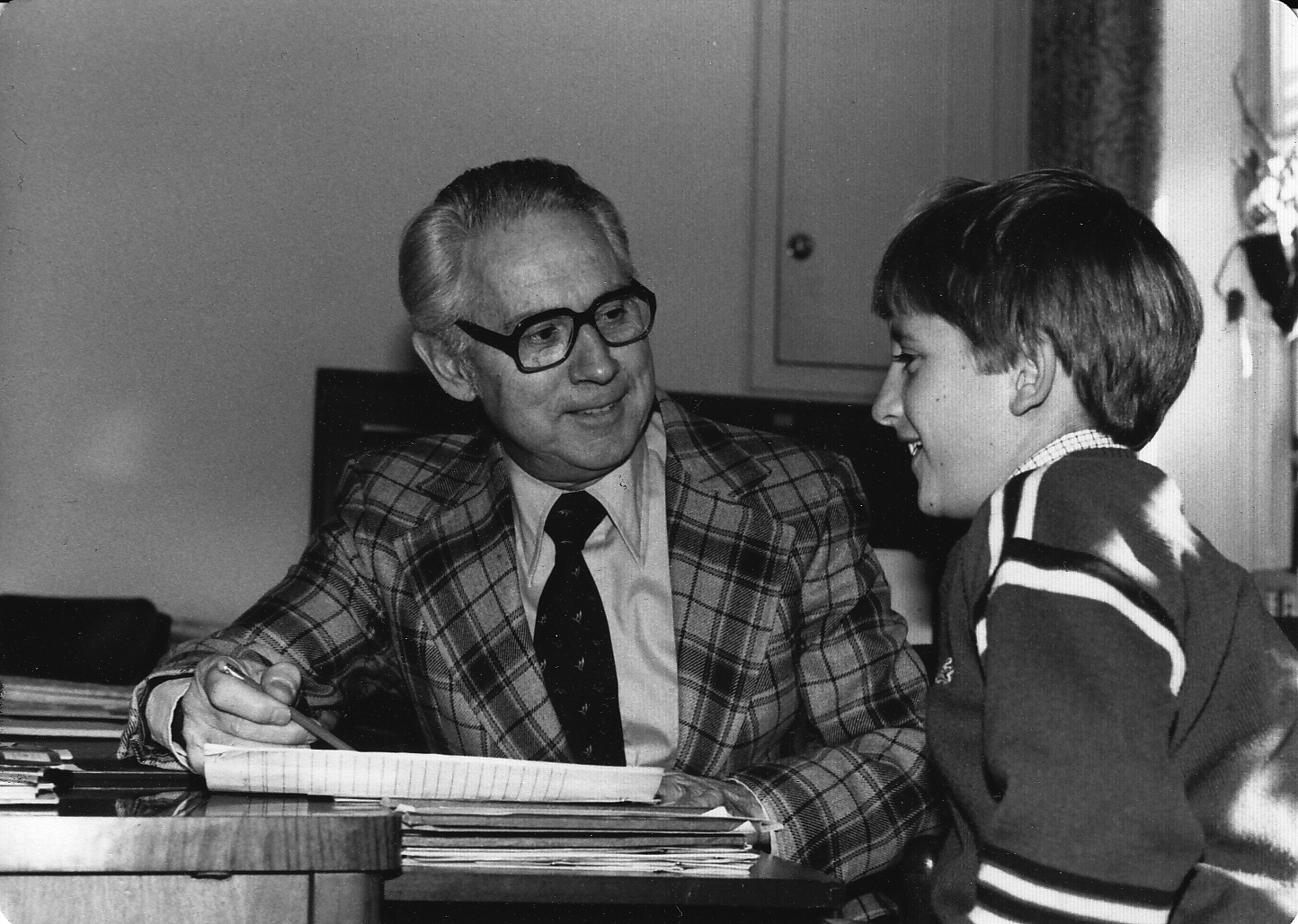Henry L. Gantt, one of the school’s original 21 boys, graduated in 1878 and became the first alumnus accepted into a major university (Johns Hopkins). He is known for having invented the Gantt chart, essentially an improved and simple method of scheduling. An article in The Week pointed out that Gantt, “as any great genius, [was] generations ahead” of his time. At the time, Gantt’s concept was revolutionary as “many complicated situations which had never been visualized [were now] easily controlled.”
Throughout history, Gantt charts have been involved in the construction of major infrastructure projects such as the Eisenhower highway system in 1956 and Hoover Dam in 1931. During WWI, the government and thousands of manufacturing plants used Gantt charts to track progress, plan work, and increase production. Early Gantt charts did not show dependencies between tasks, but modern Gantt chart software allows for such comparisons. Mullan Contracting Company used Gantt charts to track the progress of their work in constructing McDonogh’s Naylor Building and the Edward St. John Student Center.





